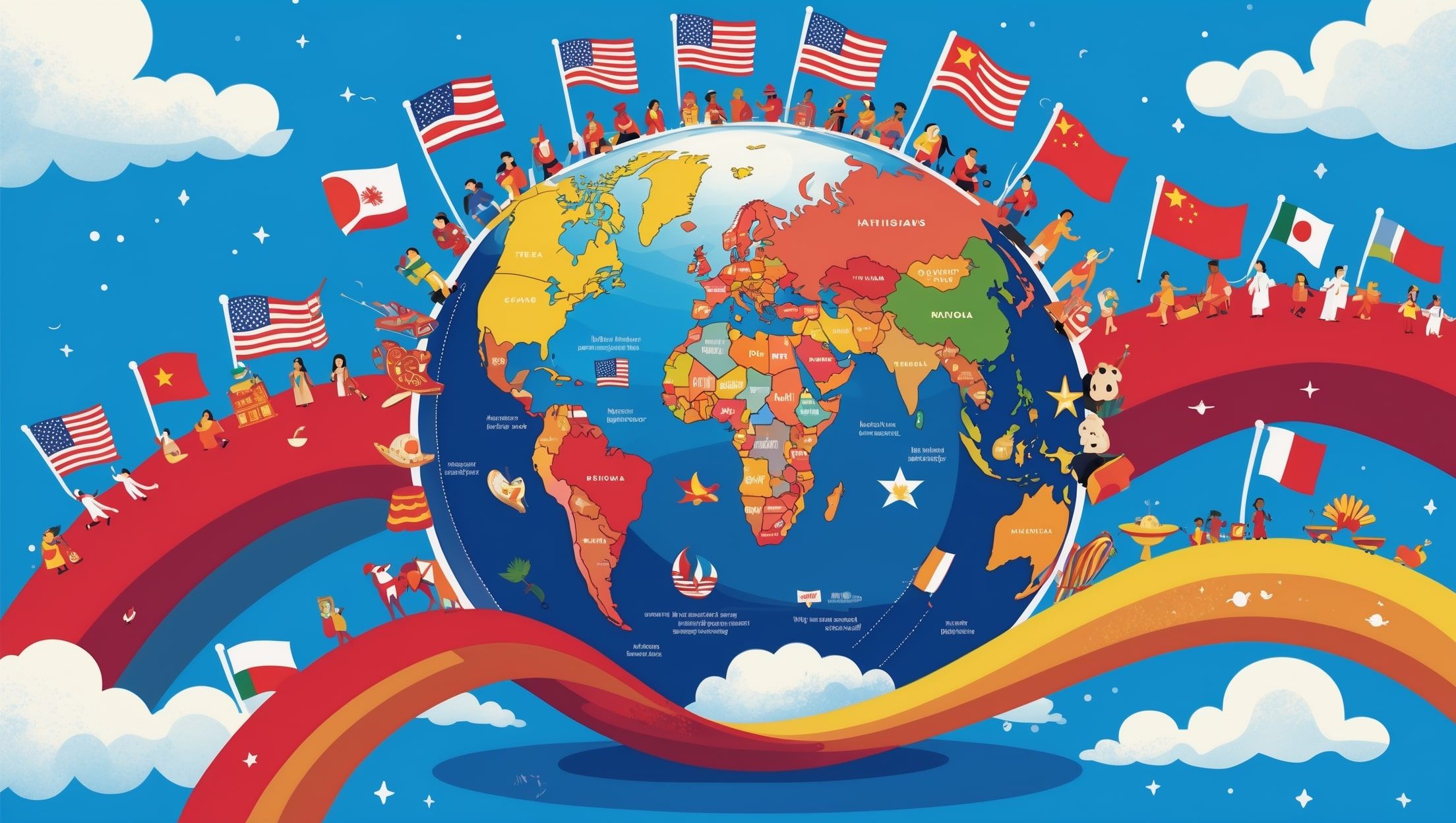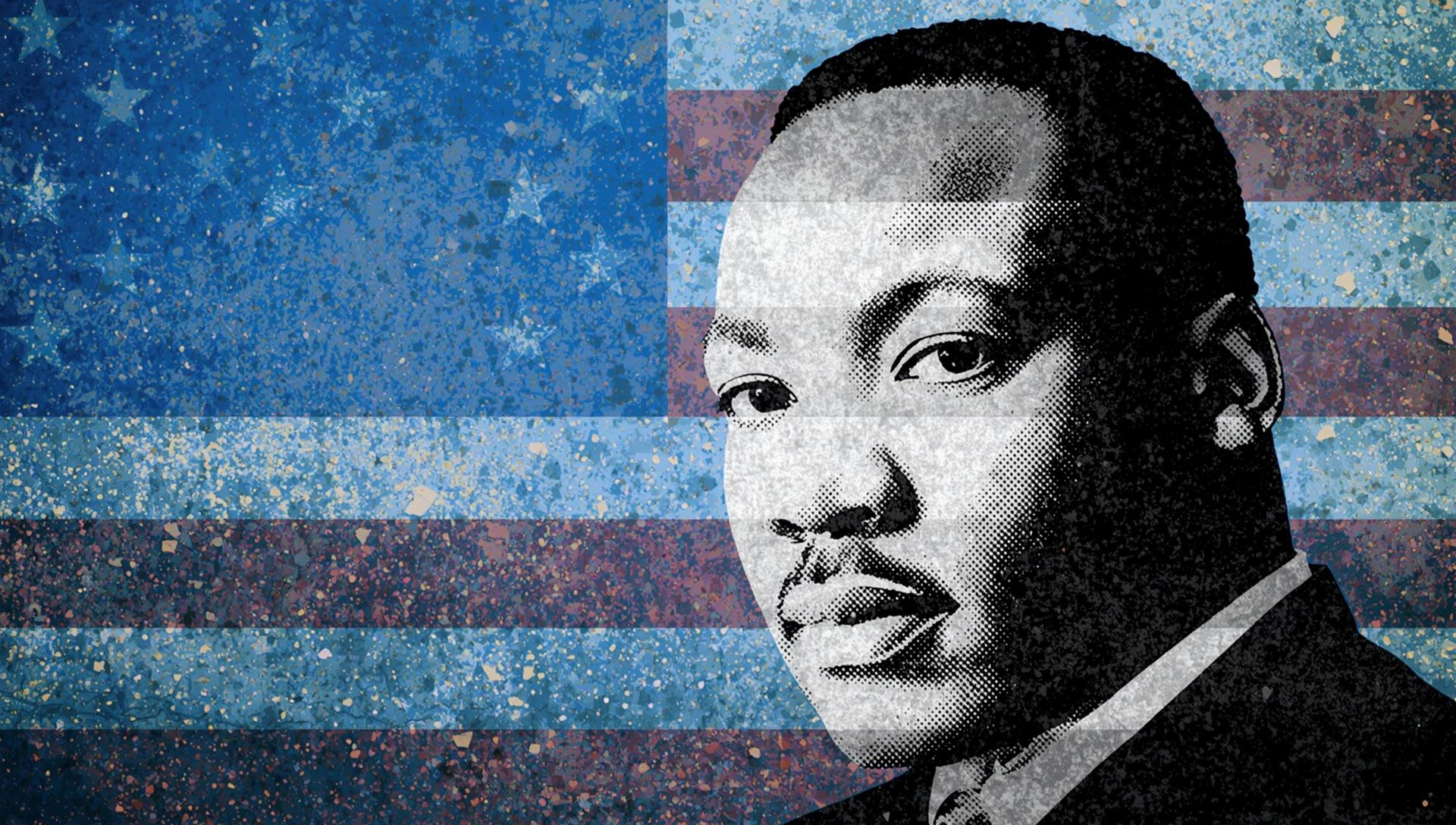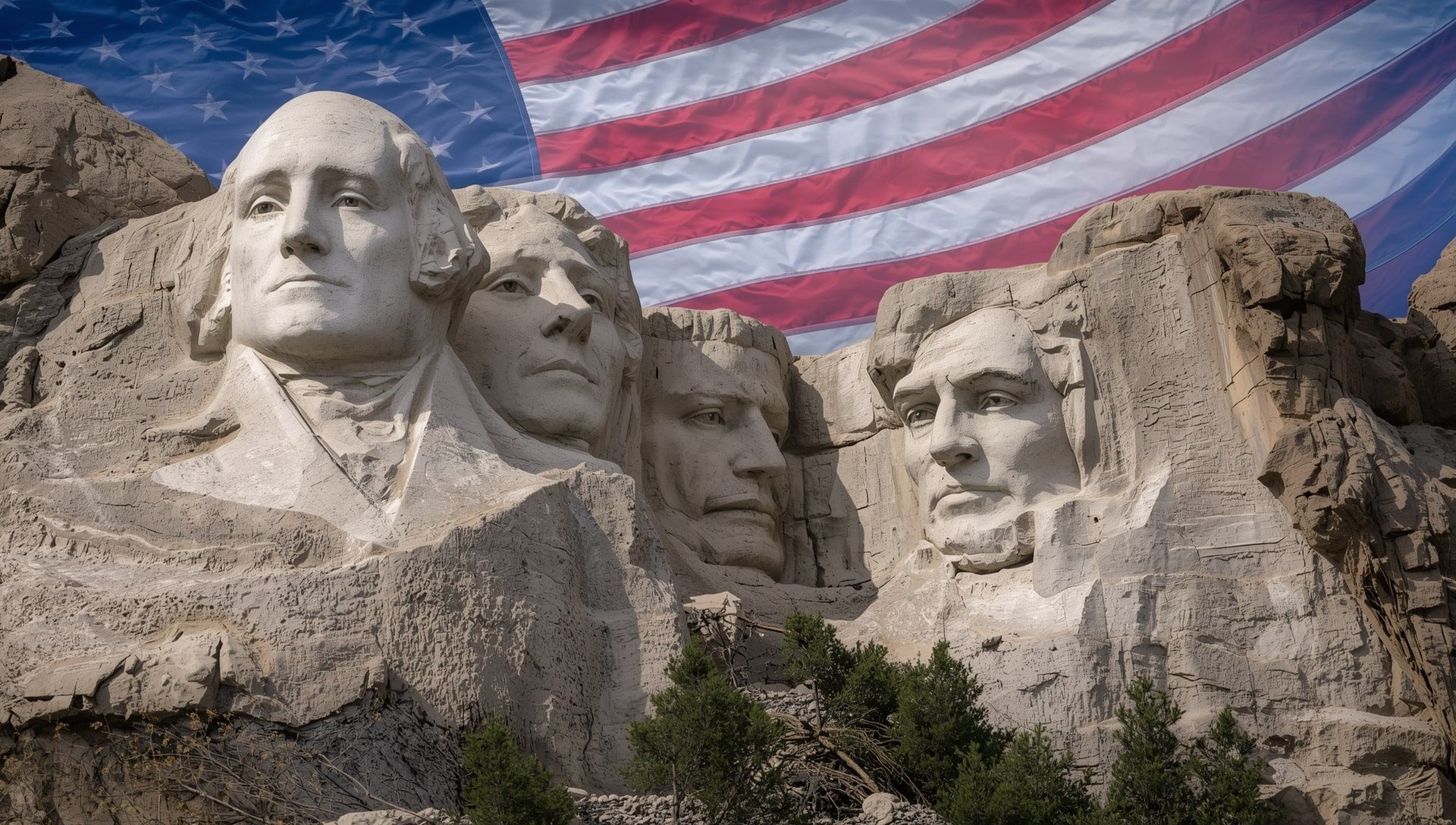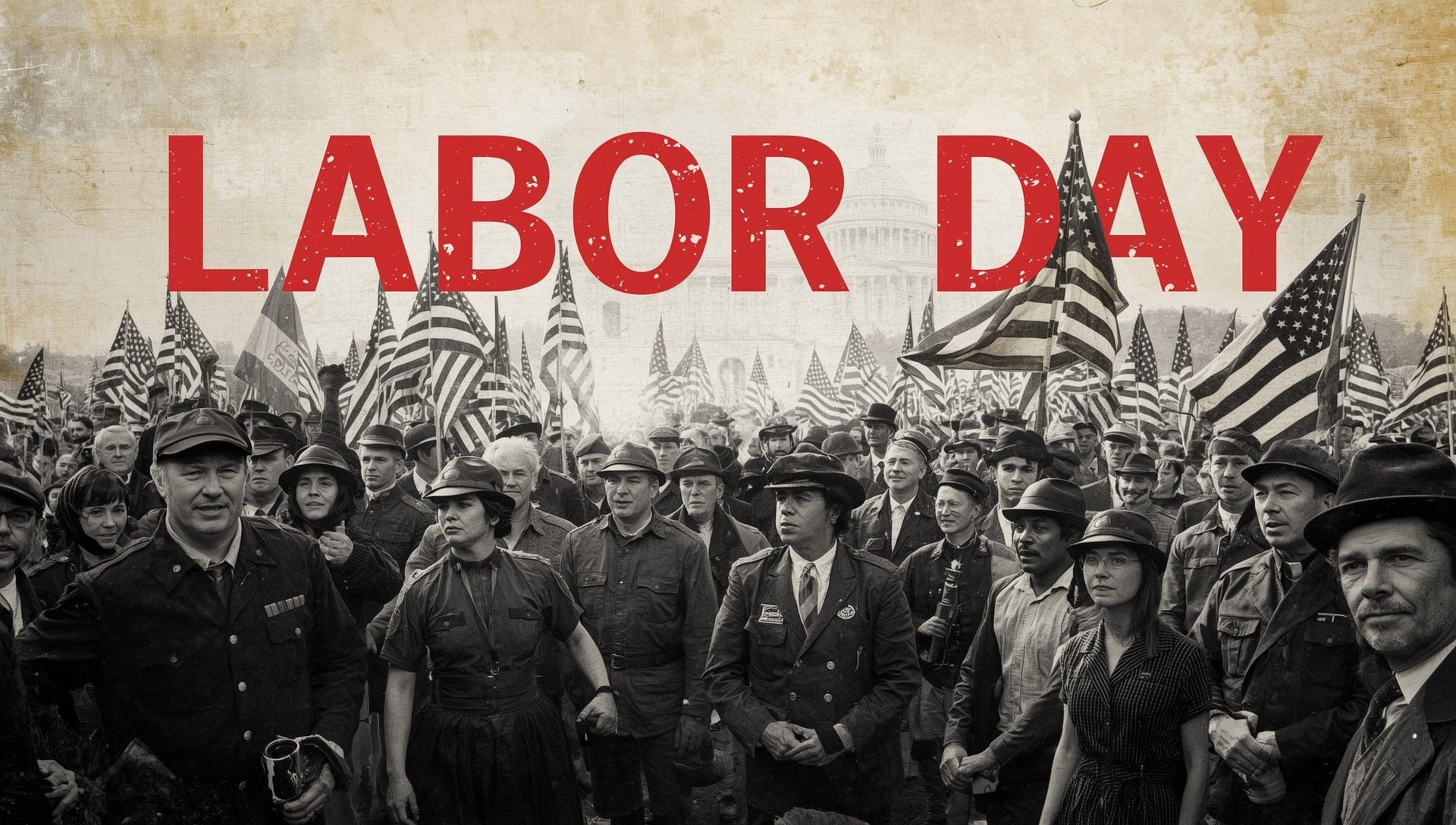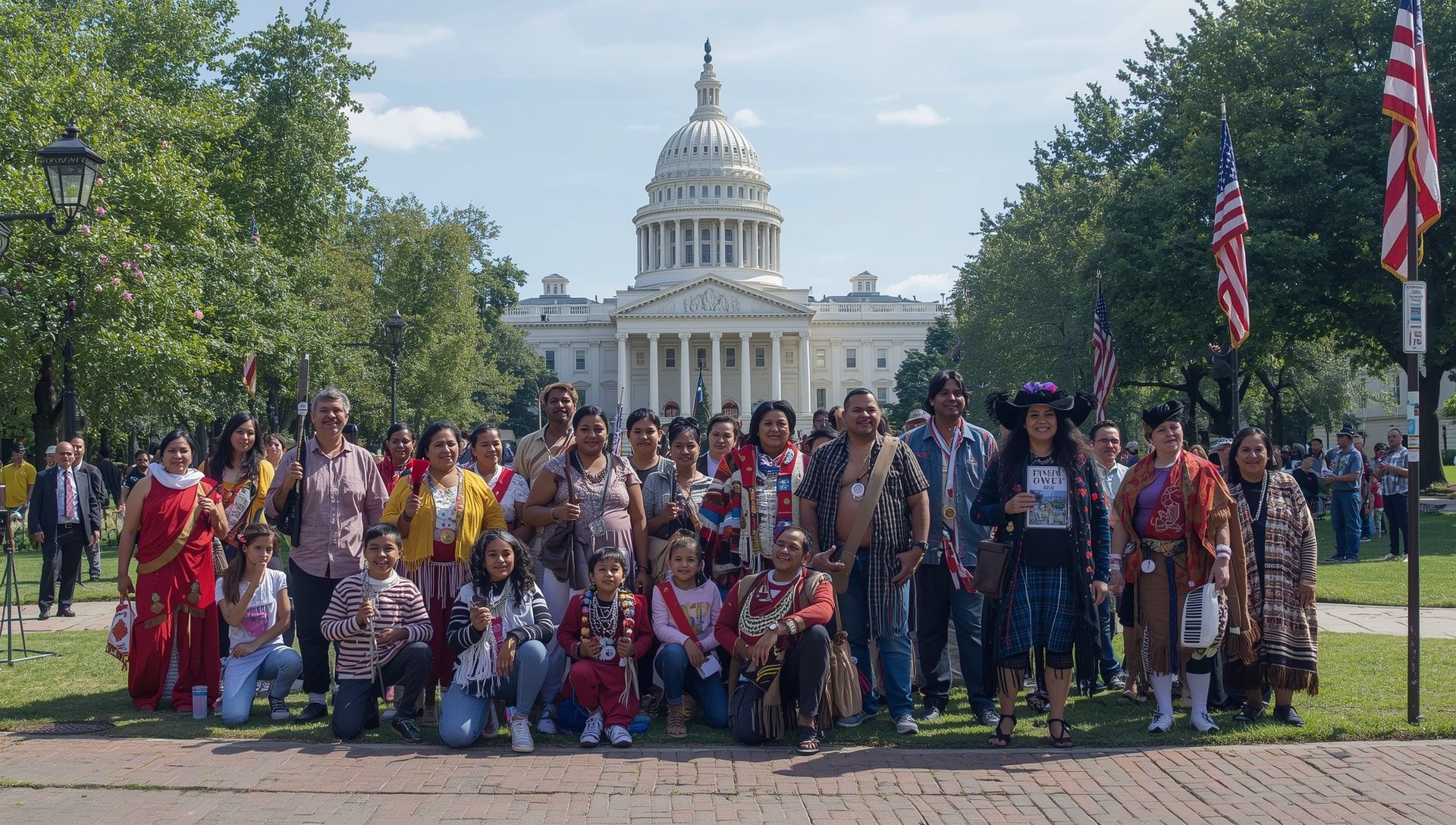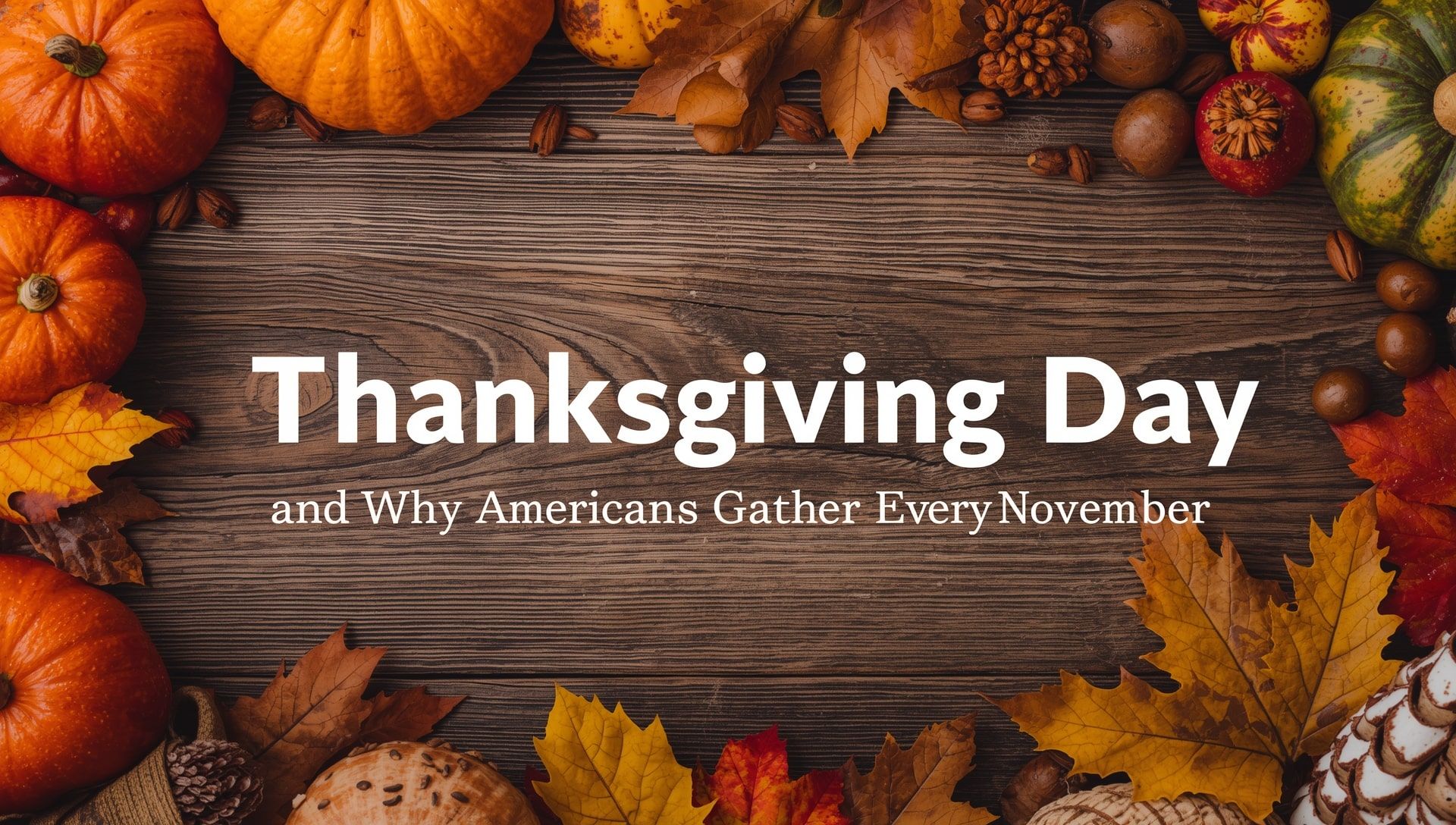The U.S. might be known for its work ethic, but that often comes at the cost of time off. When you stack up America’s national holidays against the rest of the world, the numbers are surprisingly low. While many countries enjoy 10 to 15 public holidays each year, Americans get just a handful. Why is that?
The short list of federal holidays
There are just 11 federal holidays recognized across the United States. These are often marked on the official calendar and observed differently across workplaces:
- New Year’s Day (January 1)
- Martin Luther King Jr. Day (Third Monday in January)
- Presidents’ Day (Third Monday in February)
- Memorial Day (Last Monday in May)
- Juneteenth National Independence Day (June 19)
- Independence Day (July 4)
- Labor Day (First Monday in September)
- Columbus Day (Second Monday in October)
- Veterans Day (November 11)
- Thanksgiving Day (Fourth Thursday in November)
- Christmas Day (December 25)
That’s the full list. Not all of them come with a guaranteed day off for everyone. It depends on your employer, and sometimes even your region or local events.
Why time off isn’t required
In many countries, public holidays are protected by law. That means everyone is guaranteed those days off with pay. In the U.S., it’s different. Federal holidays apply only to federal employees. Private businesses can choose whether to observe them or not.
This flexibility means some people work on holidays while others don’t. Retail workers, emergency staff, delivery drivers, and many others are often expected to show up even on Christmas Day. Some get overtime, others don’t, depending on company policy or local labor standards.
Compared to the rest of the world
Here’s how the U.S. stacks up globally in terms of national holidays:
- Japan: 16 public holidays
- India: 17 nationwide, plus dozens more by region
- Brazil: 12 national holidays, plus state holidays
- France: 11 national holidays, all observed with paid time off
- South Korea: 15 public holidays
- Australia: 10 to 13 depending on region
- United States: 11 federal holidays, with no mandate for paid leave
These differences reflect how each country handles its work and culture. The takeaway? The U.S. gives fewer days off and doesn’t guarantee them for all workers.
Why the U.S. system developed this way
Part of the reason lies in the country’s cultural attitude toward work. The American workplace often values hustle, productivity, and minimal downtime. The idea of mandatory vacation or rest days hasn’t taken root in policy the way it has in Europe or Asia.
Labor rights movements in the U.S. have focused more on wages and conditions than guaranteed time off. Plus, each state and business sets its own rules. That leads to uneven access to holidays across the states and cities.
Are Americans okay with fewer days off?
Opinions are mixed. Some Americans don’t mind the shorter list of holidays, especially if their job offers generous paid time off. But many workers feel burned out. A growing number of people are calling for more standard holidays or better enforcement of existing ones.
During the pandemic, conversations about work-life balance took off. The pressure to keep working through national holidays became a hot topic. More employers are starting to recognize the value of a well-rested team, but changes to federal policy have been slow. It’s a topic that often connects to how time zones influence modern work patterns in global teams.
Where this leaves U.S. workers today
At the end of the day, most American workers rely on their employer’s policy for time off on holidays. That makes national observances more of a guideline than a guarantee.
While other countries continue to celebrate more days off together as a nation, Americans often keep working through the calendar. Until there’s a shift in law or culture, the U.S. will likely stay near the bottom of the global comparison charts for public holidays.
